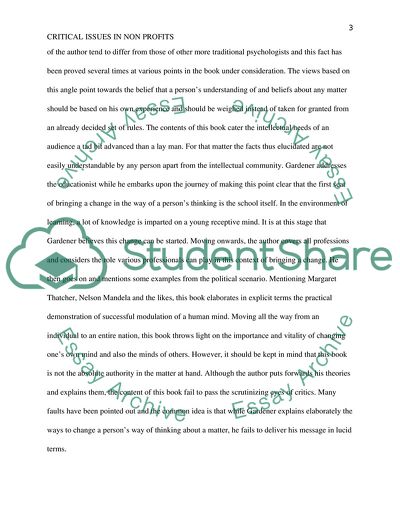Cite this document
(Analysis of Changing Minds: The Art and Science of Changing our Own Coursework, n.d.)
Analysis of Changing Minds: The Art and Science of Changing our Own Coursework. https://studentshare.org/psychology/1791620-critical-issues-in-non-profits-mid-term
Analysis of Changing Minds: The Art and Science of Changing our Own Coursework. https://studentshare.org/psychology/1791620-critical-issues-in-non-profits-mid-term
(Analysis of Changing Minds: The Art and Science of Changing Our Own Coursework)
Analysis of Changing Minds: The Art and Science of Changing Our Own Coursework. https://studentshare.org/psychology/1791620-critical-issues-in-non-profits-mid-term.
Analysis of Changing Minds: The Art and Science of Changing Our Own Coursework. https://studentshare.org/psychology/1791620-critical-issues-in-non-profits-mid-term.
“Analysis of Changing Minds: The Art and Science of Changing Our Own Coursework”. https://studentshare.org/psychology/1791620-critical-issues-in-non-profits-mid-term.


